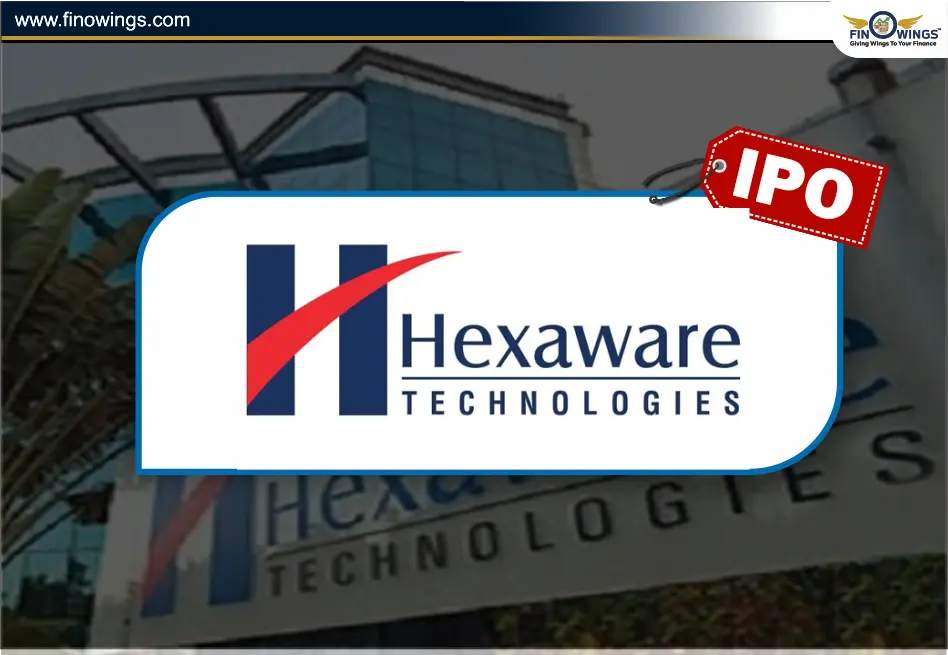Home >> Blog >> Everything About Tata Sons' IPO that you should Know
Everything About Tata Sons' IPO that you should Know

Table of Contents
- Chapter 1: Introduction to Tata Sons
- Chapter 2: The RBI's Upper-Layer NBFC Classification
- Chapter 3: The Enormous Value and Potential Windfall
- Chapter 4: Tata Sons' Leadership and Strategies
- Chapter 5: Challenges in Valuation
- Chapter 6: Tata Capital Financial Services and Reorganization
- Chapter 7: Ratan Tata's Vision for Listing
- Conclusion: The Complex Journey Ahead
In the world of Indian business, few names resonate as strongly as Tata Sons. As the principal holding company of the Tata Group, Tata Sons is the steward of a vast conglomerate that includes iconic companies like Tata Motors, Tata Steel, and Tata Consultancy Services (TCS). However, Tata Sons harbored a well-kept secret—one that would change the landscape of Indian finance and investing. This secret was an ambitious plan to allow regular people, like you and me, to own a piece of Tata Sons through an Initial Public Offering (IPO). But as with any grand endeavor, the path to IPO for Tata Sons proved to be a complex and intriguing journey.
Chapter 1: Introduction to Tata Sons
Tata Sons is not your run-of-the-mill company. It stands as the principal investment holding company and promoter of a vast family of Tata Group companies. The Tata Group is known not only for its immense business success but also for its commitment to philanthropy and ethical corporate governance. Tata Sons' governance philosophy, articulated by JRD Tata in 1973, emphasizes that corporate enterprises should be managed in the interests of various stakeholders, including owners, employees, consumers, local communities, and the nation as a whole.
Chapter 2: The RBI's Upper-Layer NBFC Classification
As Tata Sons embarked on its journey to go public, they encountered a regulatory twist. The Reserve Bank of India (RBI) classified Tata Sons, along with 14 other Non-Banking Financial Companies (NBFCs), in the upper-layer category. This categorization came with a set of stringent regulations, including mandatory listing within three years. The RBI's intent was to promote transparency and broaden ownership in the financial sector.
Chapter 3: The Enormous Value and Potential Windfall
Despite the regulatory complexities, Tata Sons remained an economic powerhouse, with an estimated valuation of a staggering ?11 lakh crore. Even a modest 5 percent offering of Tata Sons' shares in the IPO could potentially raise ?55,000 crore, making it one of the largest public offerings in India's history.
Chapter 4: Tata Sons' Leadership and Strategies
Tata Sons, under the astute leadership of Chairman N Chandrasekaran, embarked on a strategic journey to navigate the challenges posed by the RBI's upper-layer NBFC categorization. They explored options to potentially seek an exemption from this classification. However, the path forward was laden with intricacies, including reorganizing the corporate structure to avoid being placed in the upper-layer list.
Chapter 5: Challenges in Valuation
One of the critical challenges facing Tata Sons in their IPO journey was the valuation process. Holding companies like Tata Sons often face difficulties in valuation because investors tend to apply a discount to such entities. This could impact how investors perceive the company's worth in the public market.
Chapter 6: Tata Capital Financial Services and Reorganization
Adding another layer of complexity to the situation, Tata Sons' indirect subsidiary, Tata Capital Financial Services, also found itself on the RBI's upper-layer NBFC list. In response, Tata Sons initiated the merger of Tata Capital Financial Services into Tata Capital, a move aimed at creating a unified entity with a more robust capital and asset base, aligning with the RBI's regulations.
Chapter 7: Ratan Tata's Vision for Listing
Interestingly, the idea of listing Tata Sons was not a recent development. In December 2004, Ratan Tata, then Chairman of Tata Sons, expressed his interest in taking the holding company of the Tata Group public. He envisioned a path akin to Berkshire Hathaway, the famed conglomerate founded by Warren Buffett. This vision involved using funds to nurture a company of stature similar to Tata Consultancy Services (TCS), ultimately paving the way for Tata Sons' IPO.
Conclusion: The Complex Journey Ahead
Tata Sons' journey to IPO is nothing short of a saga, marked by regulatory hurdles, valuation conundrums, and strategic intricacies. Yet, the potential rewards are immense. As the September 2025 deadline approaches for Tata Sons to go public, the financial world watches with bated breath. This is a story of determination, a tale of a conglomerate striving to share its success with the public while navigating the labyrinth of regulatory compliance.
In a world where corporate governance and ethical practices are increasingly valued, Tata Sons' commitment to its governance philosophy resonates. As we anticipate the unfolding of this chapter in the Tata Group's illustrious history, we can't help but marvel at the sheer complexity and audacity of this endeavor. Tata Sons' IPO promises to be a transformative moment in India's business landscape, and its success could pave the way for other conglomerates to follow suit. As we await the IPO, we are left with one burning question: What's next for Tata Sons, and how will this grand journey culminate in September 2025? Only time will tell, and the story of Tata Sons' IPO is far from over.
Frequently Asked Questions
Tata Sons is going public for a number of reasons. First, it will allow the company to raise capital to invest in its future growth. Second, it will provide Tata Sons with access to a wider pool of investors, including retail investors. Third, it will enhance the company's transparency and accountability. Finally, it will be a historic moment for the Tata Group, as it will make it possible for regular people to own a piece of one of India's most iconic conglomerates.
One of the biggest regulatory hurdles that Tata Sons faces is the RBI's upper-layer NBFC classification. The RBI classified Tata Sons as an upper-layer NBFC in September 2023, which means that the company must list on a stock exchange within three years. This classification also comes with a set of stringent regulations, such as increased capital requirements.
Another regulatory hurdle that Tata Sons could face is the need to obtain approval from the Securities and Exchange Board of India (SEBI) for its IPO. SEBI is the Indian market regulator, and it has strict rules and regulations governing IPOs.
Tata Sons is a complex company with a wide range of assets and businesses. This makes it difficult to value the company accurately. However, some analysts have estimated that Tata Sons could be valued at over ?11 lakh crore.
One of the key factors that will determine Tata Sons' valuation is the market sentiment at the time of its IPO. If the market is bullish, Tata Sons could be valued higher. However, if the market is bearish, Tata Sons' valuation could be lower.
One of the key strategic considerations for Tata Sons is how to reduce its debt levels. Tata Sons has a significant amount of debt, which could impact its valuation in the public market.
Another strategic consideration is how to structure the IPO. Tata Sons could offer a mix of equity and debt in the IPO, or it could focus on offering equity only. The decision will likely be based on Tata Sons' financial needs and the market sentiment at the time of the IPO.
Tata Sons has not yet announced a timeline for its IPO. However, the company must list on a stock exchange within three years of being classified as an upper-layer NBFC by the RBI. This means that Tata Sons' IPO could take place as early as 2025.



















